Are you rocking platinum blonde, brunette, black, or vibrant red? What makes for the best shampoo for color treated hair is its ingredients and specific formulation. One of such things you should also watch out for is not to pick hair products that are alcohol-based. Curious to know more about finding the best shampoo for color treated hair? Read on!
What is the Best Shampoo for Color Treated Hair?
Colored hair is under treatment and that's simply to say, they need the utmost care compared to virgin hair. You do not want your color-treated hair staying out of shade. GK Hair’s Shield Shampoo and Conditioner is for color-treated hair and contain ingredients like:
Juvexin - a unique ingredient that sets GK Hair's products apart. It is a natural protein blend for strengthening and repairing hair.
Aloe Vera - supplies hydration
Natural Flower Seed Oil- soothes hair
Most color-treated hair suffers from quick fading and brassiness. What often is the cause?
Maintaining Your Color-treated Hair
Go for Sulfate-Free Color-Safe Shampoos
Not all shampoos will work great for your color-treated hair. Maintaining color on your hair in all its shine and vibrancy begins with a good shampoo that feels gentle, is color-safe, quality and contains natural ingredients. We recommend you use our Color Shield Shampoo which works on all hair types with zero-lather for its wash. It also prevents harmful sun rays that can cause dryness and split ends. If you are looking to extend the life of your color-treated hair, you can't go wrong with the shield shampoo for the extra shine and smoothness.
And if your hair has been dyed too dark than you want it, read on "How to Lighten Hair Dyed Too Dark" here.
Always Use Heat Protectant When Heat Styling
Typically, you'll be told to avoid heat-styling your hair if it is color-treated. That's a fair suggestion for you if you completely do not want to have to struggle with your hair. On a good day, heat styling is required to perfect the styling on your hair and give it a finer finish. But for colored hair, heat strips away color and results in damaged hair. While using any heat tool, use a heat protectant cream like GK Hair ThermalStyleHer Cream alongside to reduce moisture loss from hair and smooth hair from the inside out.
More Hydration is Needed
Colored hair needs extra hydration. Every leave-in conditioner would supply hydration, but you should go for color-specific options. GK Hair offers the best shampoo and conditioner for color-treated hair that you can get within reach.
Avoid Chlorine and Salt Water
For those whose lifestyle involves athletic activities under water, you need to provide a barrier for your hair. Chlorine is a bleaching agent and can cause colored hair to fade faster. Use a swimmer's cap before diving right in into the pool.
Best Products for Color-treated Hair
-
Cream Color: If you feel like your hair already lost color, reach for GK Hair Cream Color and have your hair painted in any beautiful hue you desire. Guess what? It's selling now with a free developer.
-
Shield Shampoo and Conditioner: Restore brilliance while protecting hair from UV/UVA rays in regular washes with our Shield Shampoo and Conditioner.
-
Silver Bombshell or Purple Shampoo: Tone your blonde hair effectively while supplying moisture using GK Hair's Silver Bombshell Shampoo that's got every user excited.
Are you rocking blonde hair? Read more on Best Purple Shampoo for Bright Blonde Hair.
-
Shield Duo and Serum Deal: This comes with an Argan Serum Oil that nourishes hair and scalp. It's a good combination to care for your colored hair.
Final Thoughts
Color-treated hair is certainly not boring to rock, and not boring to keep. When your hair is feeling dry or brittle, a hair mask is to the rescue. Your best bet is a water-based, sulfate-free, color-safe shampoo and conditioner. Don't get worked up, GK Hair's got you covered every step in this ride with your colored hair!

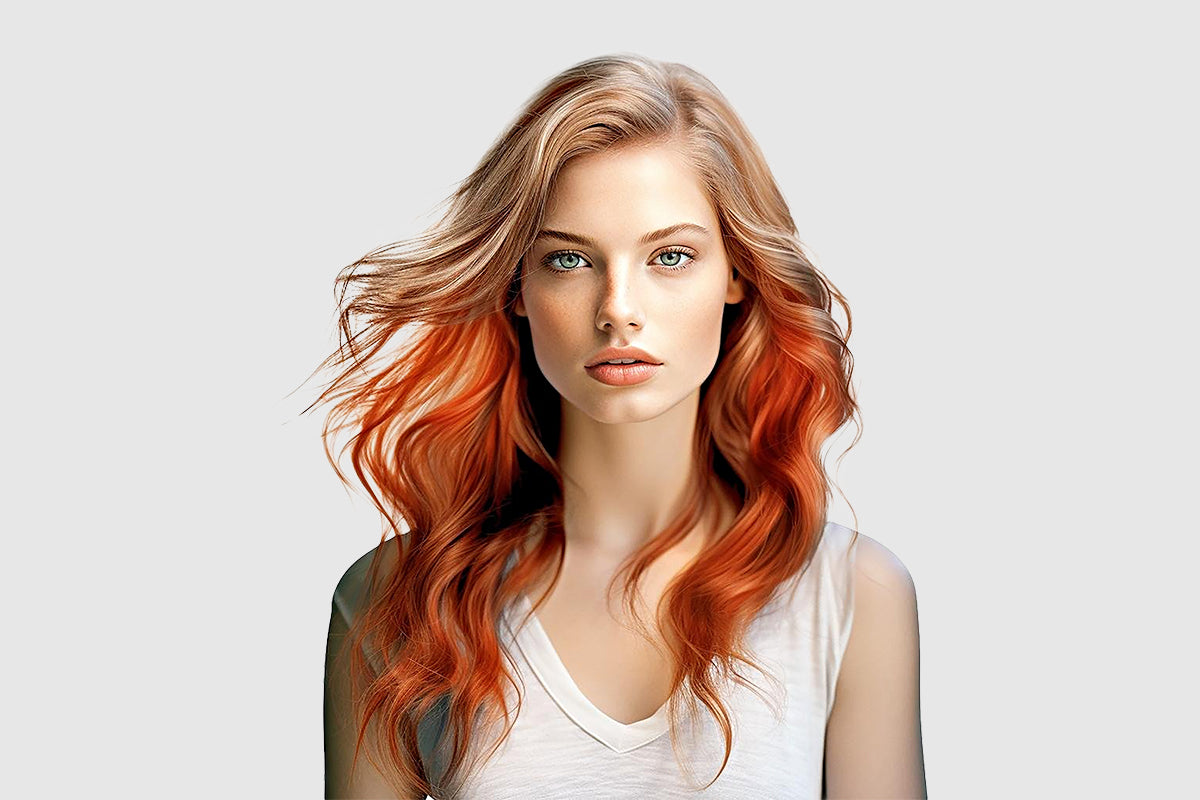
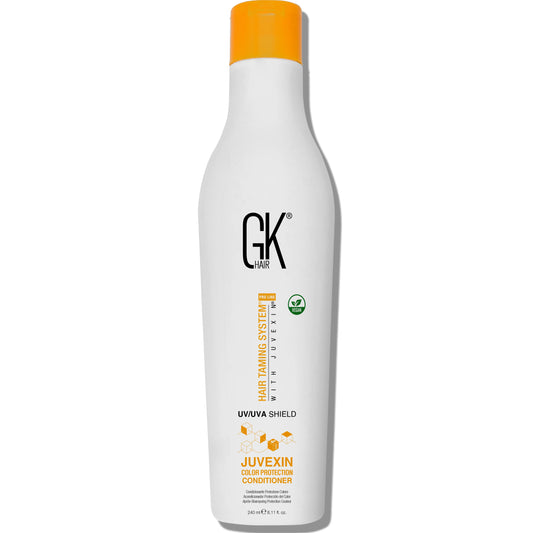
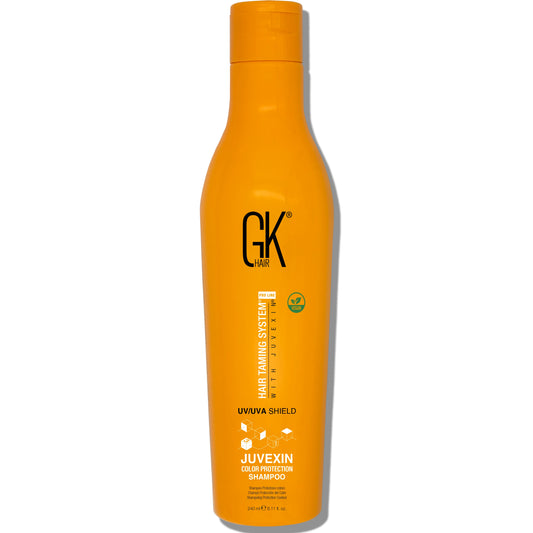
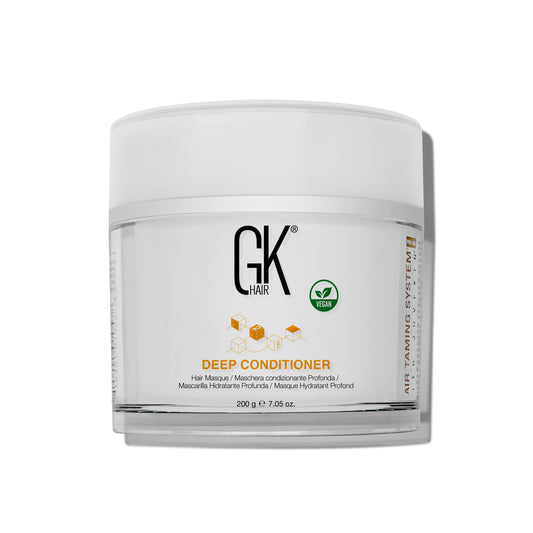
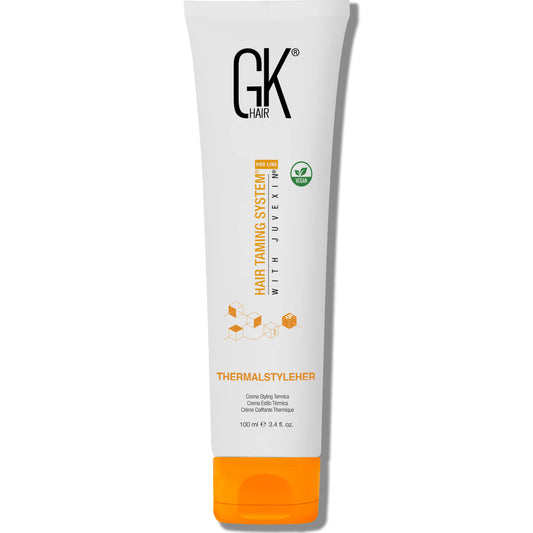
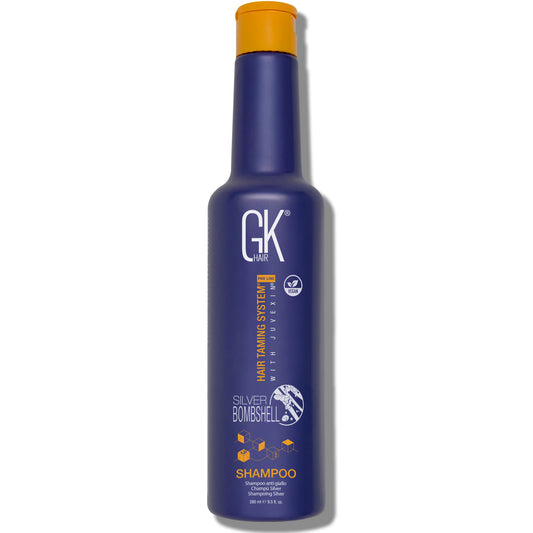
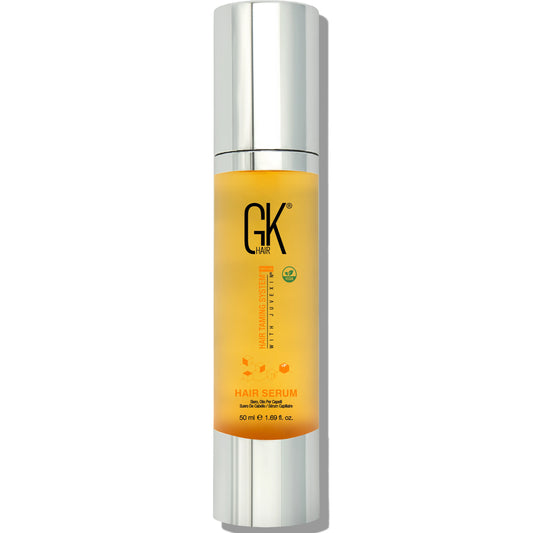
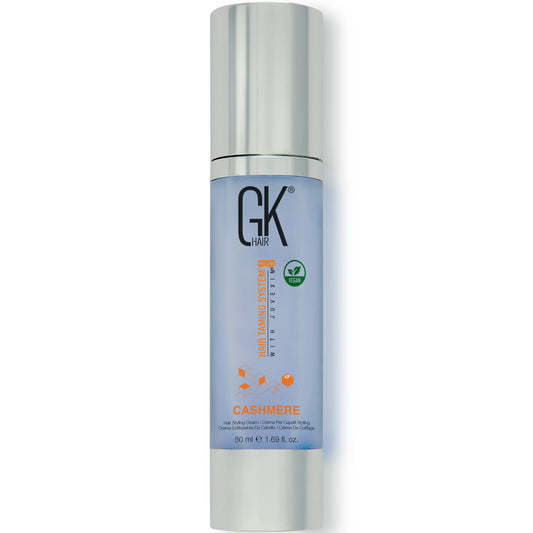




Leave a comment